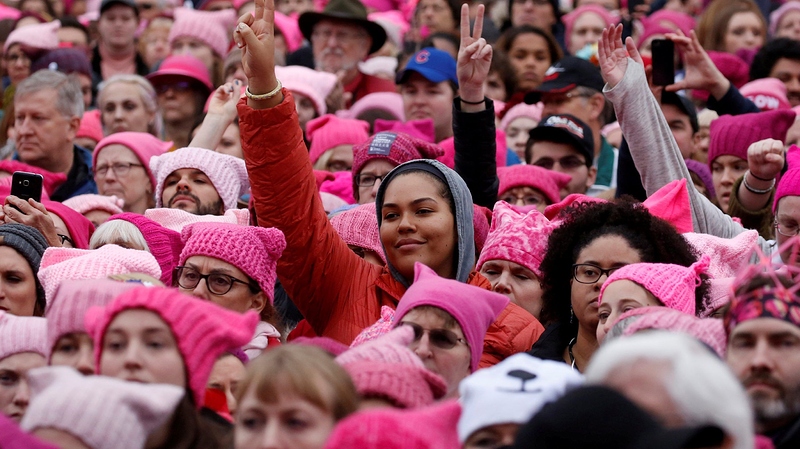At the Verso blog, Lynne Segal, author of Radical Happiness: Moments of Collective Joy, contrasts individual happiness—which is the focus of “happiness studies” and the tech-aided “self-optimization” movement—with collective joy. While the former is ultimately concerned with seeking personal advantage in a competitive marketplace, the latter is de-individualizing and potentially revolutionary. Read an excerpt from Segal’s piece below, or the full text here.
Measures of ‘happiness’ are thus being collected and fed back to us despite, or is it because of, misery and foreboding all around us, feeding dystopic visions that become only ever more compelling when imagining the future. Moreover, there are reasons to suspect that the current stress on happiness itself promotes new forms of social anxiety and control. Smile or Die is how some have described that pressure to show a cheerful face; start frowning and you may well lose your job, especially in the burgeoning service sector – however insecure and underpaid your employment. Worse, despite the tight correlation existing between escalating rates of depression and the social disorders of the present – unemployment, poverty, housing insecurity – we have seen a further pathologising of misery. 4 The cruel pretence is that that each of us can be held personally responsible for furthering our own well-being, regardless of our social situation.
Yet, even while it may prove hard to escape those ‘glad tidings of great joy’ blasting out in Christmas carols over the next few weeks, there is actually scant mention of joy around, least of all of collective joy – those moments we can treasure together with others with whom we have shared them. Instead, the push towards a perpetual inward-looking self-monitoring, long associated with personal survival in competitive capitalist arenas, has never been fiercer than today. We are everywhere being measured for the speed of our outputs and encouraged to pursue projects of self-improvement, while nowadays further scrutinised by a near-ubiquitous virtual gaze.
Image: Women’s March, Washington, DC, November 2016. Via qz.com.
